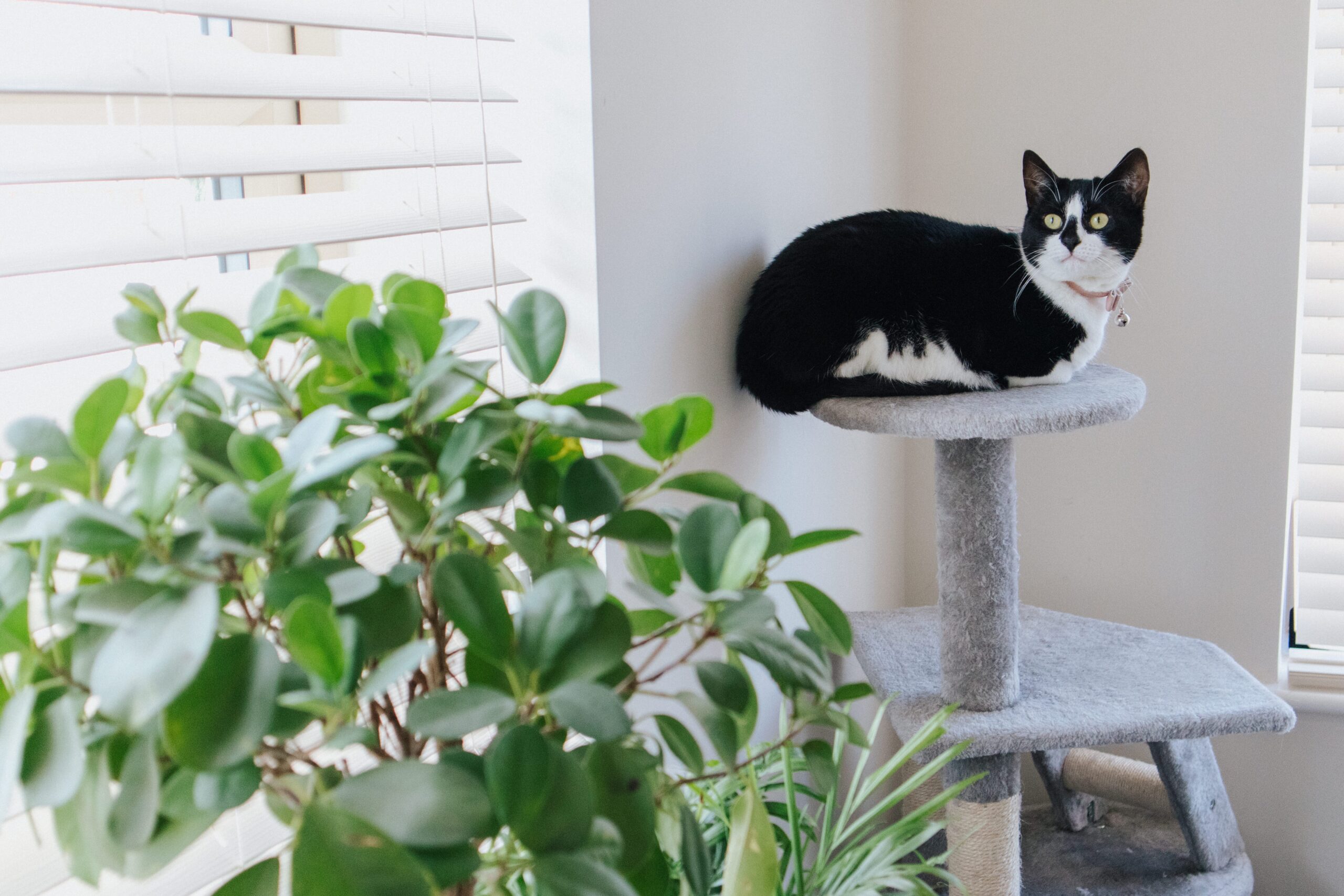Cats are delightful companions, but their natural instinct to scratch can wreak havoc on your furniture. Scratching is a crucial behavior for cats as it helps them mark their territory, maintain healthy claws, and relieve stress. However, redirecting this behavior away from your beloved furniture is essential. In this guide, we will explore effective tips to keep your cat from scratching your furniture and provide them with appropriate alternatives.
1. Provide Scratching Posts and Pads
Offering your cat appealing alternatives to your furniture is the key to preventing them from scratching. Invest in scratching posts or pads made from materials like sisal, cardboard, or wood. Place these posts near your cat’s favorite scratching spots to encourage them to use them instead.
2. Choose the Right Scratching Surface
Observe what surface your cat prefers to scratch. Some cats enjoy vertical scratching, while others prefer horizontal surfaces. By providing a scratching post or pad that matches your cat’s preference, you increase the likelihood of them using it and sparing your furniture.
3. Use Catnip or Catnip Spray
Catnip is a natural attractant that can entice your cat to scratch designated areas. Apply a small amount of catnip or a catnip spray on the scratching post to make it more appealing. Refresh the catnip periodically to maintain your cat’s interest.
4. Trim Your Cat’s Claws Regularly
Regular claw trimming can help reduce the damage caused by your cat’s scratching. Trim the tips of their claws every few weeks to make them less sharp and destructive. If you’re unsure about how to trim your cat’s claws, consult your veterinarian or a professional groomer for guidance.
5. Use Soft Paws or Claw Caps
Consider using soft paws or claw caps for your cat. These are small, soft covers that can be placed over your cat’s claws to prevent them from causing damage when scratching. Soft paws are temporary and need to be replaced as your cat’s claws grow.
6. Cover Furniture with Cat-Friendly Materials
Cover your furniture with materials that deter scratching. Cats often dislike sticky or uncomfortable textures. Place double-sided tape, aluminum foil, or plastic runners on the areas where your cat tends to scratch. The unpleasant sensation will discourage them from scratching those spots.
7. Employ Positive Reinforcement
Praise and reward your cat when they use the designated scratching post. Offer treats, pets, and enthusiastic verbal praise to reinforce this positive behavior. Cats respond well to positive reinforcement and will associate using the scratching post with a pleasant experience.
8. Utilize Deterrent Sprays
Deterrent sprays can discourage your cat from scratching furniture. These sprays have a scent that cats find unappealing. Apply them on the furniture or areas you want your cat to avoid. Always choose a cat-friendly and safe deterrent spray.
9. Create a Comfortable Scratching Environment
Consider creating a designated scratching zone by placing multiple scratching posts or pads in different areas of your home. The more options you provide, the more likely your cat will use them instead of your furniture.
10. Consult a Veterinarian or Behaviorist
If your cat’s scratching behavior persists or worsens despite trying various preventive measures, consult your veterinarian or a professional animal behaviorist. They can provide insights and recommend personalized solutions to address the issue effectively.
Conclusion
Preventing your cat from scratching your furniture requires patience, consistency, and providing appealing alternatives. By offering appropriate scratching surfaces, using deterrents, employing positive reinforcement, and ensuring regular claw maintenance, you can successfully redirect your cat’s scratching behavior. Remember, understanding your cat’s instincts and needs is key to creating a happy and scratch-free living environment for both you and your feline companion.
